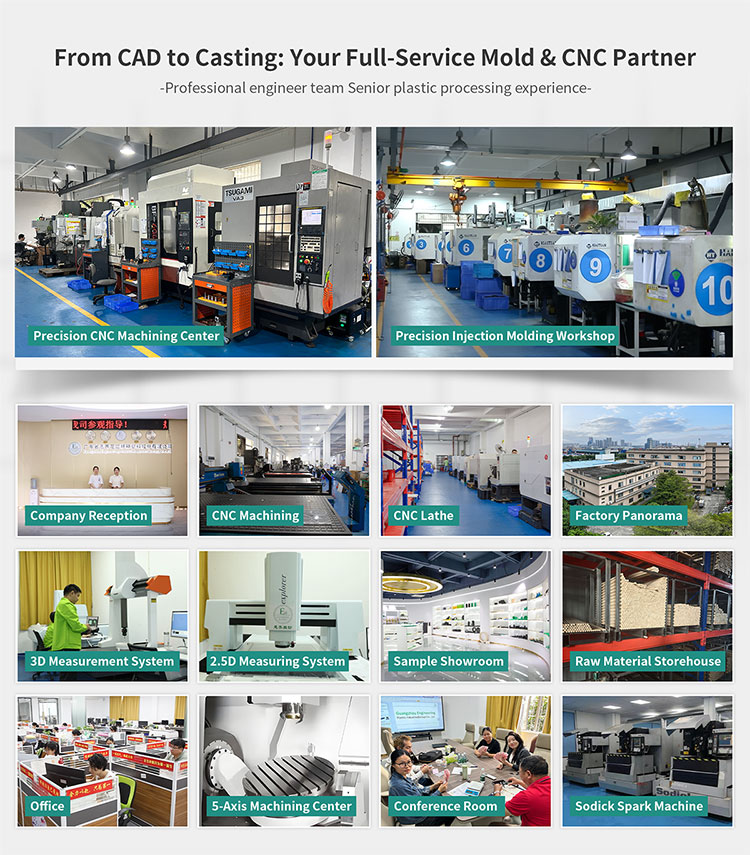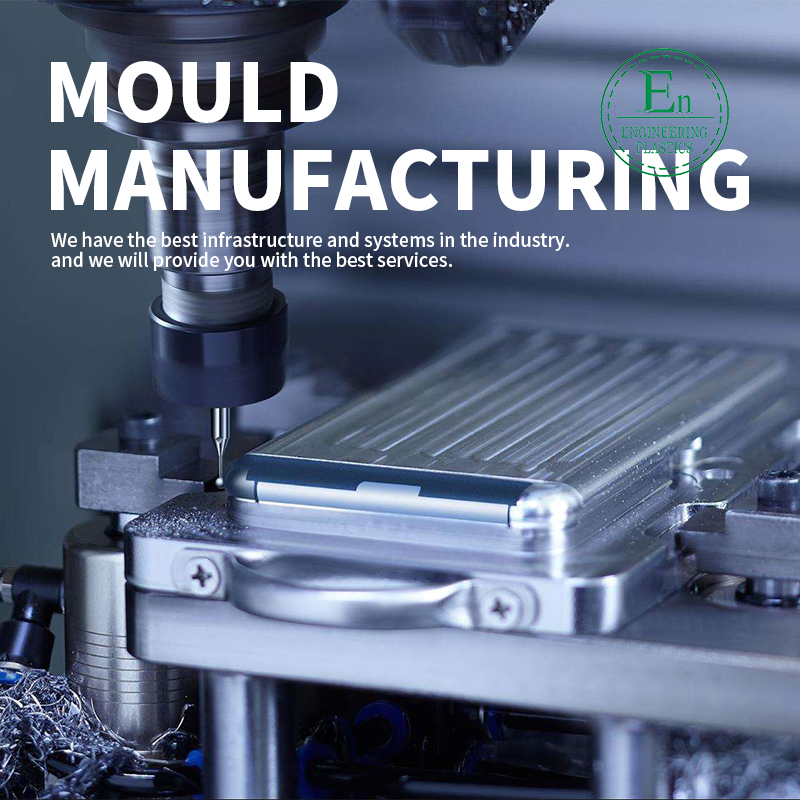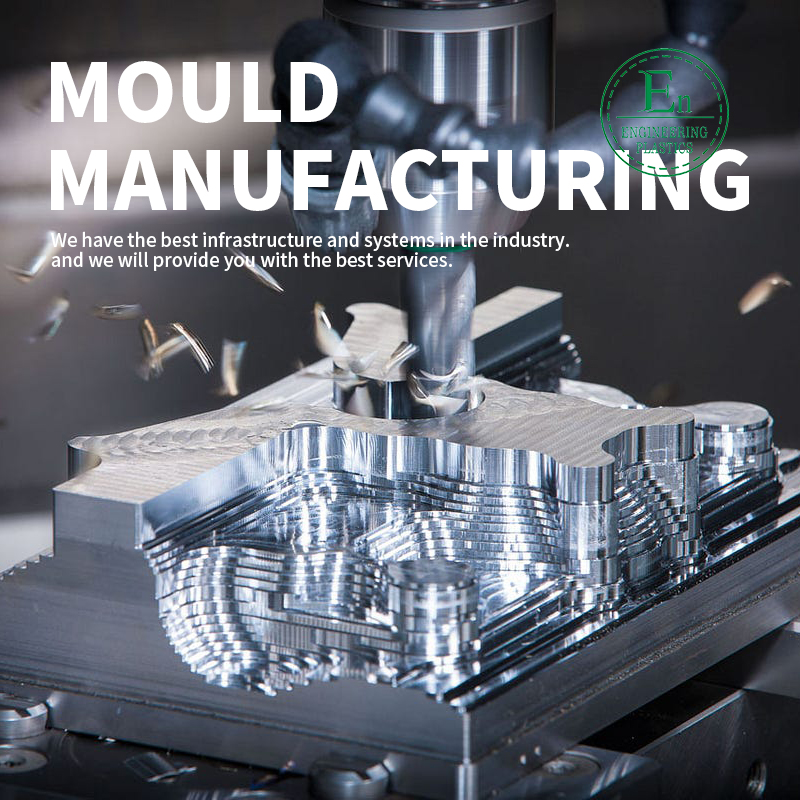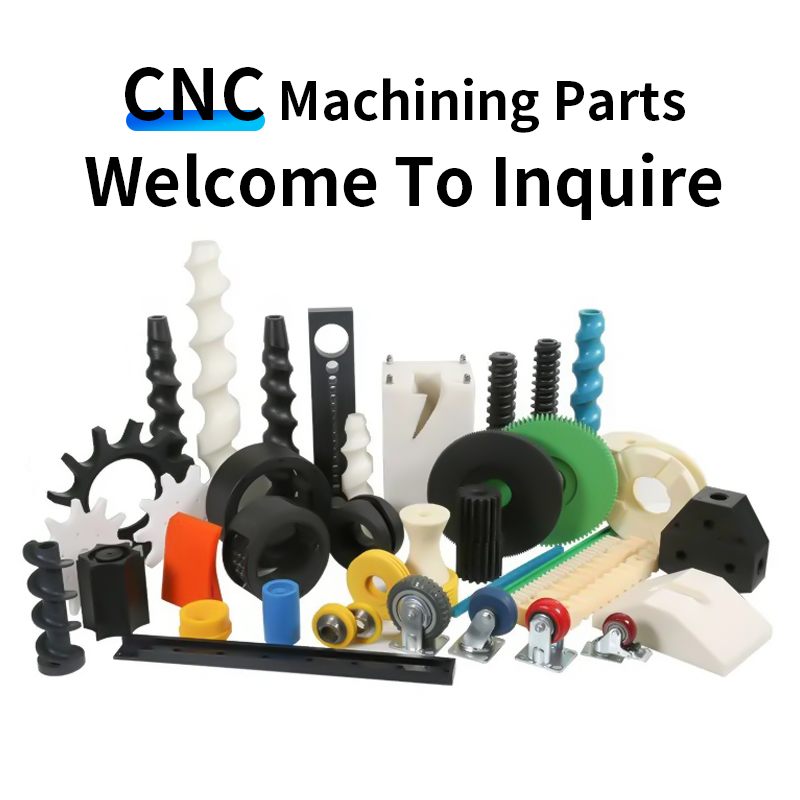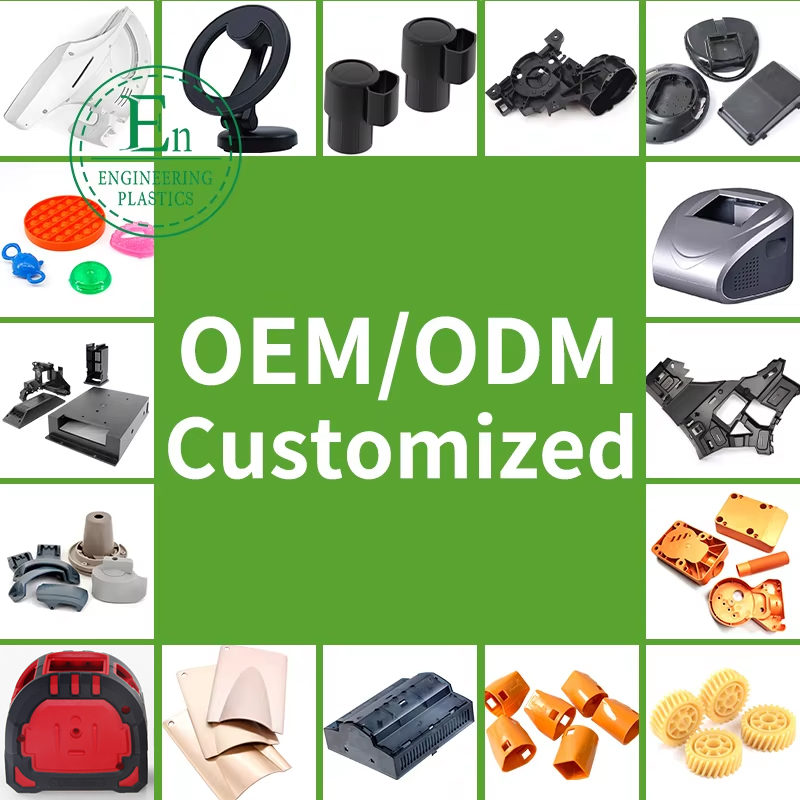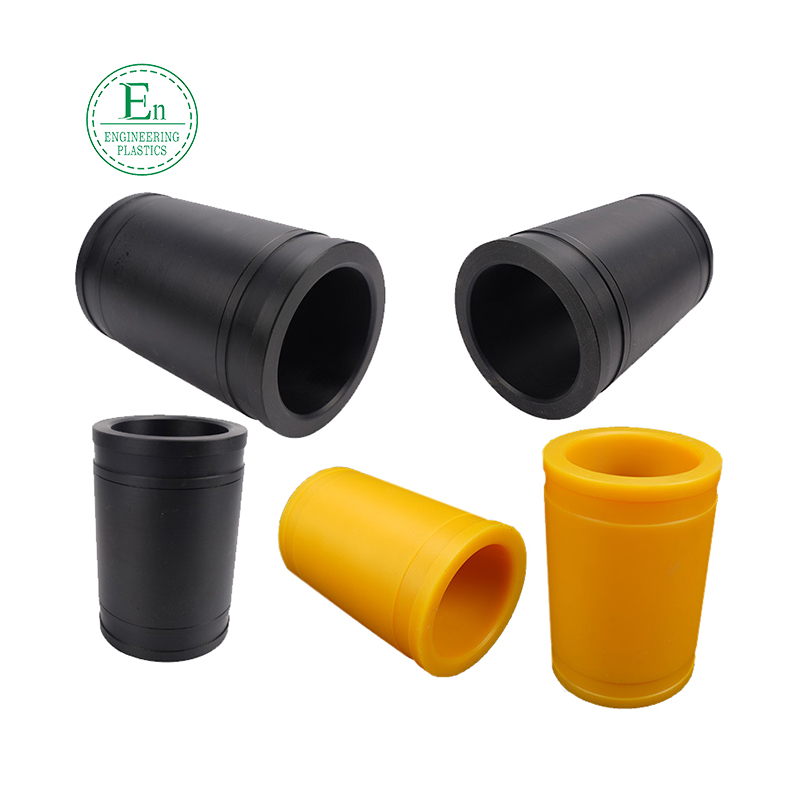Introduction to CNC machining parts
CNC machining components play a key role in many industries and are the backbone of precision manufacturing and engineering. These components are manufactured using Computer Numerical Control (CNC) technology, which allows for highly accurate and repeatable processes. Whether used in automotive, aerospace, medical equipment or consumer electronics, CNC machining parts ensure that the product meets the highest standards of quality and functionality.
Advantages of CNC machining parts
One of the significant advantages of CNC machining parts is their excellent accuracy. The technology enables manufacturers to create parts that are tolerated up to a few microns, which is crucial for industries such as aerospace and healthcare. In addition, automation of CNC machines greatly reduces the risk of human error and improves productivity while maintaining consistency in quality. By integrating CNC technology into the manufacturing process, companies can achieve scalable production without affecting the process.
Another benefit is the versatility of CNC machining. It is compatible with a wide range of materials including metals, plastics and composites. This makes CNC machining parts ideal for custom applications and meets the unique needs of various industries. Furthermore, rapid output and reduction in delivery times are essential for delivering products to the market on time and faster.
Application of CNC machining parts
CNC machining parts have different applications in multiple industries. In the automotive field, these parts are used to manufacture engine components, transmission systems and complex interior designs. Aerospace companies rely on CNC machining to create lightweight and durable components to ensure safety and efficiency during flight.
In the medical field, CNC machining plays a crucial role in the production of surgical instruments, implants and prosthetics whose accuracy is not negotiable. Similarly, electronic manufacturers rely on CNC machining to create complex circuit boards and housings for devices. The adaptability of CNC machining parts makes them essential in almost every modern industry.
Innovation and future trends
The future of CNC machining parts is exciting as advances in AI and IoT are further enhancing the capabilities of CNC machines. The addition of predictive maintenance, real-time monitoring and automation will revolutionize the manufacturing industry. Furthermore, the need for sustainable manufacturing practices is to push CNC machining toward greener technologies, including the use of recycled materials and optimized processes to reduce waste.
Investing in CNC machining parts must not only comply with current industry standards, but also maintain a leading position in a highly competitive world of technological advancement. As the industry continues to expand, the demand for efficient, precise and multifunctional components will grow, making CNC machining parts the cornerstone of the global manufacturing industry.

